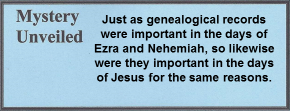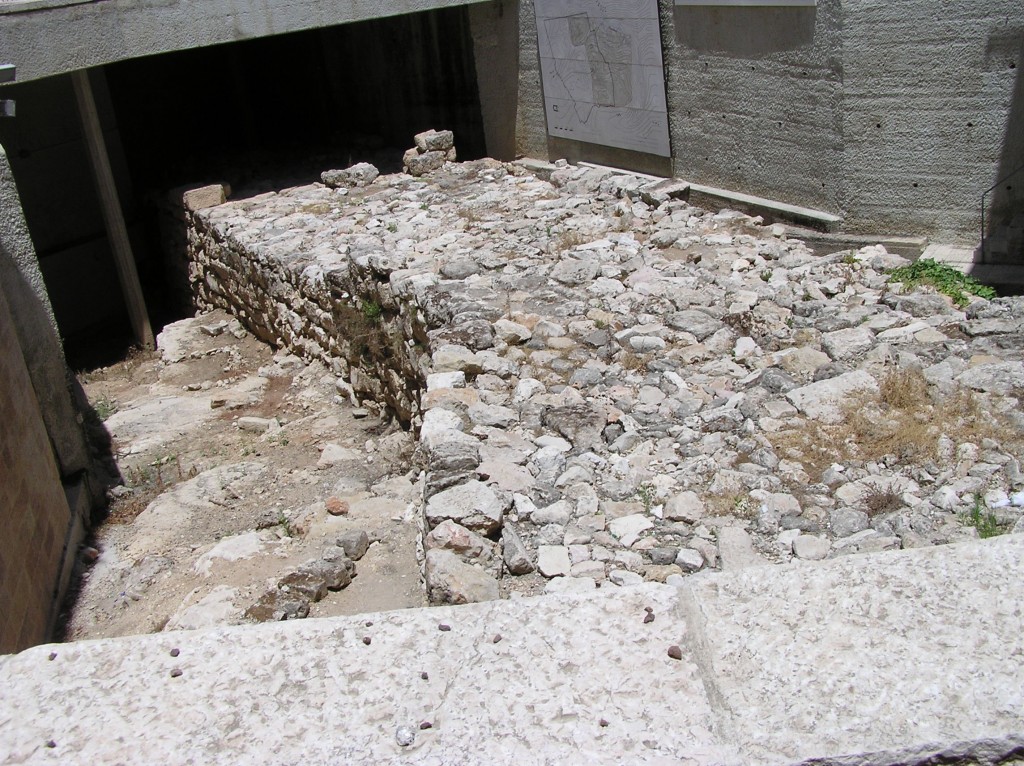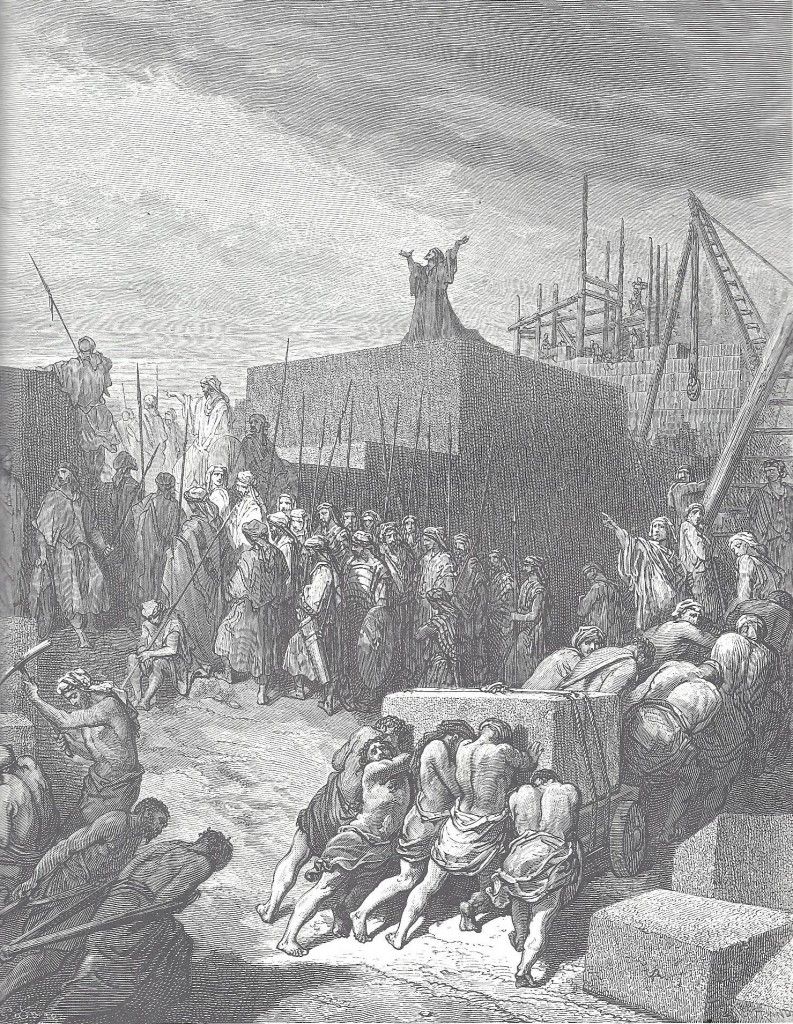03.03.03 459 – 445 B.C. Ezra and Nehemiah
Eighty years after Zerubbabel, during the reign of the Persian King Artaxerxes Longimanus, who was the son of Xerxes, Ezra left Babylon (c. 458) with a small delegation of six thousand. His mission was to restore the institutions of Moses to a people who had been dramatically affected by their stay in Babylon. The Bible depicts him as a priest-scribe-scholar as well as a governor and reformer. For this, the Jews of Judah became deeply indebted to him and often refer to him as the “Second Moses.”[1] In fact, according to tradition, Ezra would have been considered their most distinguished prophet if Moses had not come a thousand years earlier.[2] His genealogical record was very impressive: His great grandfather, Hilkiah,[3] had discovered the Book of the Law during the days of King Josiah.[4] Hilkiah read it to Josiah and the people and brought about a religious awakening. As captives, Ezra’s ancestors carried the Law to Babylon.[5] Therefore, when he spoke, the people listened. Ezra read the Covenant of God, and it became the constitution of the people and the nation.[6] His public reading of the Torah was explained by the scribes as to how it would be relevant to life (cf. Neh. 8).
He was given credit for changing the ancient Hebrew alphabet to the so-called Hebrew (Aramaic) square script. He is also believed to have instituted the scribal class, the synagogues and community centers, and expanded the Oral Tradition (some scholars believe he originated the Oral Tradition). While the Oral Tradition was established originally for a good purpose, unfortunately, by the time of Christ, its authority had superseded that of the Bible; which in turn, was foundational for the conflicts between Jesus and the religious leaders.
In summary, under Ezra’s leadership, the two most important traditions developed that directly impacted the ministry of Jesus.
- A new class of religious leaders, known as scribes (02.01.20) was established.
- The Oral Law (02.02.18) was established. Some scholars believe that the Oral Law existed since the days of Moses, but it did not have a powerful influence until Ezra.
Finally, Nehemiah returned as governor, or pacha,[7] of Judah in 445 B.C. to rebuild the walls, gates, and city of Jerusalem (Neh. 6:15) and to institute additional reforms (Neh. 7-8).[8] One of these reforms was to lead the Israelite people (now called “Jewish”) in a prayer of confession of their sins and iniquities as well as the sins of their ancestors (Neh. 9:2). Another was to re-establish temple worship according to the laws of Moses. He insured that all priests and Levites had the genealogical records,[9] and that no impersonators infiltrated temple ranks. When three families, Hobaiah, Hakkoz and Barzillai, claimed to be of priestly stock, he denied them the privilege as no record was found of them (Ezra 2:61-62). Another group of 652 people, probably pure Babylonians, wanted to go to Jerusalem but could not prove they were descendants of Israel (Ezra 2:59). They too were denied the privilege.[10] Just as genealogical records were important in the days of Ezra and Nehemiah, so likewise they were important in the days of Jesus, Matthew, and Luke.


03.03.03.A. AN EXCAVATED SECTION OF NEHEMIAH”S WALL. Nehemiah rebuilt the walls of Jerusalem after the return from Babylonian exile. Archaeologists uncovered the lower section of his wall although it appears like a road. Photograph by the author.
[1]. Scott, Jr. Jewish Backgrounds of the New Testament. 166.
[2]. Edersheim, The Life and Times of Jesus the Messiah. 7.
[3]. Hilkiah is among fifty biblical names whose existence has been verified by archaeological studies in a published article by Lawrence Mykytiuk titled, “Archaeology Confirms 50 Real People in the Bible.” Biblical Archaeology Review. March/April, 2014 (40:2), pages 42-50, 68. This archaeological evidence confirms the historical accuracy of the biblical timeline. For further study, see the website for Associates for Biblical Research, as well as Grisanti, “Recent Archaeological Discoveries that Lend Credence to the Historicity of the Scriptures.” 475-98.
[4]. Mould, Essentials of Bible History. 359-61, 379.
[5]. Golub, In the Days. 31-33.
[6]. Fischer, The Gospels in Their Jewish Context. (Lecture on CD/MP3). Week 5, Session 1.
[7]. Geikie, The Life and Works of Christ. 1:137.
[8]. See 03.03.03.A.
[9]. Dalman, Jesus Christ in the Talmud. 31; Jerusalem Talmud, J’bamoth. 49b.
[10]. Golub, In the Days. 41.


